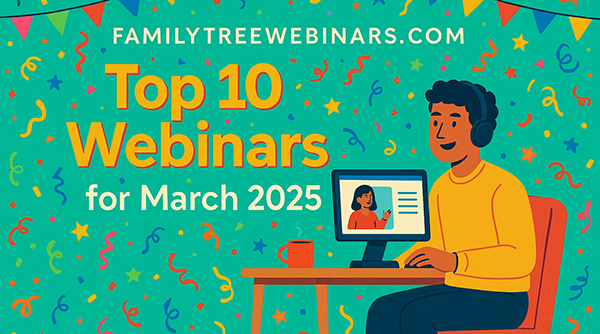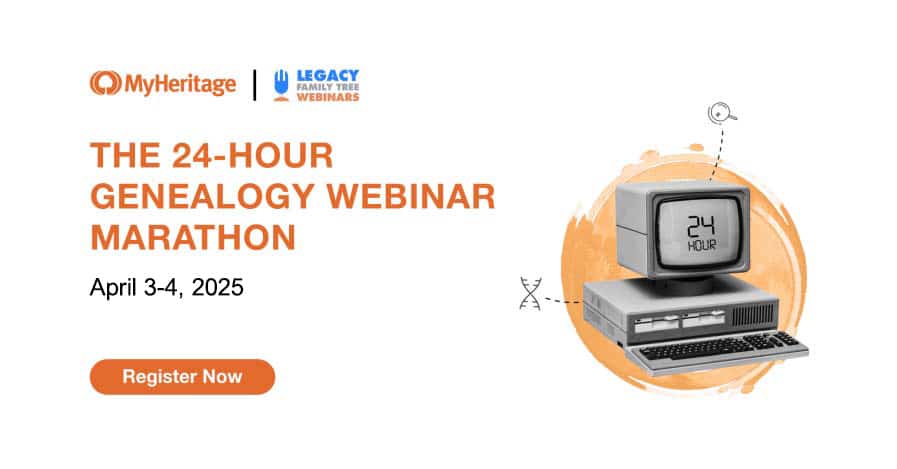The recordings of the Reisinger Lecture series, a 5-class series taught by the Board for Certification of Genealogists and broadcast live last Friday from the Family History Library in Salt Lake City, are now online at www.FamilyTreeWebinars.com/BCG. Taught by genealogy's elite educators (Tom Jones, Judy Russell, Elissa Powell, Jeanne Bloom and Rebecca Koford), the classes are free to view through next Monday, October 29 or available anytime with an annual/monthly webinar membership.
Past Conflict Repatriation: The Role of Genealogists and Methodology in Fulfilling Our Nation’s Promise by Jeanne Bloom, CG
Learn about the repatriation program and the techniques genealogists use to locate family members and DNA reference samples for missing service members from past conflicts.
Deeper Analysis: Techniques for Successful Problem Solving by Elissa Scalise Powell, CG, CGL
The Genealogical Proof Standard states that analysis and correlation of data is necessary before we can say something is proven, but what techniques are best? Many people collect information but don't know how to manipulate it for evidence analysis. Spreadsheets, timelines, maps, charts and tables are a few of the techniques that will be discussed to pull out evidence needed to answer research questions.
John Jacob Kramer: Case Study of Mistaken Identity among Revolutionary War Soldiers by Rebecca Whitman Koford, CG, CGL
Men of the same name is a constant challenge for every serious researcher. In the case of recognized Revolutionary patriot John Jacob Kramer, we discover how this one man's identity was actually compiled from three separate and distinct men. We will review military records, family lore, congressional papers, and more to unravel the tangle of mistaken identity passed down through the generations.
Using Indirect and Negative Evidence to Prove Unrecorded Events by Tom Jones, PhD, CG, CGL
Information hidden below the surface or totally absent helps researchers reconstruct events, identities, and relationships that no record specifies. Such hidden information is indirect or negative evidence. This session discusses the qualities of both kinds of evidence, which are easily misunderstood. It also describes uses of indirect and negative evidence, and it gives examples of applying those uses to solving genealogical problems.
The Discriminating Genealogist: Telling Good Evidence from Bad by Judy G. Russell, JD, CG, CGL
The “best evidence” rule in law requires the presentation in court of an original rather than a copy, and a copy won’t even be admitted if the original is available. In genealogy, our rules require us to do the same: to discriminate, choose in favor of, prefer certain types of evidence to others, certain bits of information to others, certain sources to others. So… just how do we do that?




Comments (0)